The history of flying cars
En español
This kind of cars have always been presented as the "first flying car" but the truth is that the history of the automobile is full of "ever first flying cars."Even in different story books there are discrepancies about the first flying car. If we would try to guess when the idea of the flying car came from, we might think that it was from the previous century, from the 21st century. But although it may seem incredible, the first idea of a flying car is even earlier: from the 19th century. History tells us that the Benz, the first internal combustion car, was invented in the year 1885. In fact, Benz wasn't really the first one, but that's another topic. If we already know that the first concept of the flying car is from that the same century, our logic dictates us to think that the first idea of a flying car will date between 1885 and 1899, but it ins't. The first concept of a flying car appeared almost 50 years earlier. Its inventors and engineers, William Samuel Henson and John Stringfellow, patented the first flying concept car, the Ariel (The Henson Aerial Steam Carriage) in 1843. It was powered by steam engines and the size was disproportionate since it had wings of more than 45 meters in length, but soon theirs inventors worked on a smaller model.
After seven weeks of continuous testing, they failed to get the car to fly. Due to its extreme lightness, each impact involved important damage to the invention, so repairs could last several days. The number of unsuccessful attempts without any favorable results, together with the lack of budget caused the inventors abandoned the project. But over time it has been shown that many of the concepts that William Samuel Henson and John Stringfellow embodied in the Ariel Steam Carriage were correct and ahead of their time.
Currently this concept would not be considered as a flying car, because it couldn't circulate on the road due to its wings couldn't be removed or folded down. Still, it's interesting that these ideas were already developed in such early times. This simply gives us a perspective that the idea of the flying car is developed in unison with the development of the automobile, and it isn't a revolutionary idea at the present time
In December 1905 a flying car prototype designed by Trajan Vuia appears in Paris, called Vuia1. The first flight attempt was made on March 18, 1906 and it flew about 12 meters. The vehicle may not be considered as a car due it wasn't designed specifically as a car or as a plane, although it is steering wheel driven and it's a 4-wheel vehicle.
In 1917, Glenn Curtiss patented the Autoplane. It was actually a hybrid between automobile and airplane. It has a pair of wings, a rudder and a propeller, but this invention never flew
In 1928 the Aerocar appears, no source has confirmed that it could fly.
In 1937 a formal prototype appeared and managed to fly. This car is the Arrowbile, developed by Waldo Waterman, became the first flying car in history. The Arrowbile had removable wings and no tail was attached to it. The car could be converted into both an airplane and a car and the rear propeller kept it in any mode. It could fly at 180km / h and in car mode, it reaches 96km / h. Six units were manufactured until the production ceased in 1957.
Three years later, in 1940, a hybrid between car and helicopter was built, the Dixon Flying Car. It managed to fly as well but it had no commercial success due to the feeling of insecurity
In the same year, in 1946 Hall and Tommy Thompson of the Consolidated Vultee Aircraft company designed and manufactured two prototypes called ConvAirCar. The design is visually a car with the top of an airplane attached.
In 1949 the best-known flying car appears: Taylor Aerocar. With a design similar to the previous ones, although larger and more stylized. Its wings were removable too.
Other car sometimes considered as the first flying vehicle is the Aven Mizar manufactured in 1973. It was a Ford Pinto that incorporated the wings of an airplane. Ford was interested in the project, but in a test flight it crashed killing the two engineers that designed the car
Some modern brands, whether parajet type, helicopter or airplane based
1 Comment
Low Pressure tires Vehicles
En español
All-terrain vehicles on low-pressure tires are a fairly popular means of transportation in the conditions of our severe off-road conditions. Such an idea was born back in Soviet times. A lot of enthusiastic craftsmen assembled machines for personal use, even exhibitions of such vehicles were held. Alterations were made to factory models of motorcycles and cars. In the end, a unique product came out that opened up unlimited possibilities in cross-country ability.
The history of all-terrain vehicles on low pressure tires
For a relatively short historical period, technological progress in the field of vehicles conquered all the elements - earth, water, air, as well as the outer space. But here's the paradox: when ocean liners at full speed stuck in icebergs, when airplanes ceased to be exotic, and cars strengthened both as luxury and as a means of transportation, only snowy plains remained unconquered. The task of minimizing the specific load of the wheels (skis) of the motor unit per square centimeter of snow seemed impossible.
Ernest Shackleton was chosen to be the leader of the British Imperial Antarctic Expedition that left for Antarctica in 1907 aboard the ship Nimrod.
The car was a modified Arrol-Johnston with 15 horsepower air cooled engine. It was donated for free and used as an advertisement. Unfortunately however the petrol engine had not been tested in extreme cold and a suitable system for providing traction in snow had not been devised and the car couldn't moved an inch Eventually the car was used in few occasion because it could only run on hard smooth surfaces which are not so common in Antarctica. Usually it was used as far as possible until the wheels became stuck in snow, finally this car only came within 150 kilometers of the pole, somestimes manhauling the sledge. Ironically suffering from overheating of the engine, so the men had to wait in the cold for it to cool down again before it could run.
The second attempt to conquer the snow plains was made thanks to the advent of the aircraft attaching to the sleigh an its engine, by the Russian engineer Kuzin in 1912. The idea for those times turned out to be so revolutionary that already during the Civil War, an entire commission was created to organize the construction of snowmobiles. Snowmobiles actively worked "in the north" as postman and, of course, for the war. However, the obvious drawbacks of this snowmobile: the ability to move only in open and level terrain and the inability to overcome a climb , stopped the development of this kind of vehicles.
In the post-war years, a wide variety of techniques were used: tracked, ski-tracked, etc. However, the most promising were the development of models of wheeled all-terrain vehicles on pneumatics.
Pneumatics are wheels of large radius and ultra-low pressure (from 0.15 to 0.5 atmospheres), allowing the machine not to fall through on loose snow, confidently move on the mud and even swim.
The idea was growing up by the popular thought. Back in the early 70s, the habitants of the north the country, who spent all their free time ice-fishing on the seaside for long winters, trimmed the cameras from the truck to the motorcycle, and they got the so-called karakat - a machine that can easily move through the fluffy snow, not drowning in it and quite nimble (speed reached 25 km / h). And so that the camera after inflation did not inflate to the size of a giant donut, it was tied by belts around the entire circumference. These belts, by the way, did an excellent job because the wheels did not slip in the snow.
Without reinventing the wheel, Arktiktrans replaced the motorcycle with an useless motorbike and the snow-and-swamp vehicle “Nara” turned out, a floating all-terrain vehicle on low-pressure tires. The base for it was the rather light motorized stroller SMZ S-3D.
The word "snow and swamp truck" was born during the certification of the product: there were snowmobiles, swamps too, but the world had never seen such a thing. Small all-terrain vehicles "Nara", made on the basis of a motorbike were bought by geologists and residents of the northern regions.
The "Artic" model was an already quite industrial development made by ecommissioned combat aircrafts. So “karakat” found a cabin-body made of a MiG-23 fuel tank, sawn in half.
The most important thing with this kind of vehicles was their fantastic cross-country ability. Due to the low pressure, the pneumatics seem to flatten out on the surface, forming a large contact spot. And without that, the mass of the all-terrain vehicle, distributed over several of these same spots, creates a specific pressure on the soil several times lower than it will put pressure on the same soil of the wheelprint. Moreover, a large contact surface allows you to implement significant traction to drag a trailer with a considerable load.
But that is not all. Pneumatics allow the these cars to easily swim without even touching the bottom of the water surface. In this case, they act both as a mover and as a displacement volume. Float pneumatics plunge into the water somewhere up to half their diameter and work like the wheels of a steamer
Other Russian manufacturers of all-terrain vehicles have taken the path of creating prototype cars, that is, automobiles that are recognized as Niv and UAZ bodies. Either the native body or the Niva’s cab is placed on the frame from the UAZ, and the bridges are raised so that the wheels are nicely sized - just gigantic - 1300 mm in diameter, 600 mm wide.
These monsters are super-effective on the snow. These cars weigh almost 2.5 tons and there are not very comfortable in the cabin. A huge spare wheel takes up the entire rear compartment of the cab.
Below, we show you a series of vehicles of this kind. Regardless of the year of construction or if they are homemade cars or not
Here you can see the biggest compilation of this unusual kind of vehicles, with more than 20 modern Tire Low Pressure SUV manufacturers mostly in Russia.
|
Exotic car brandsFollow us on facebook
|
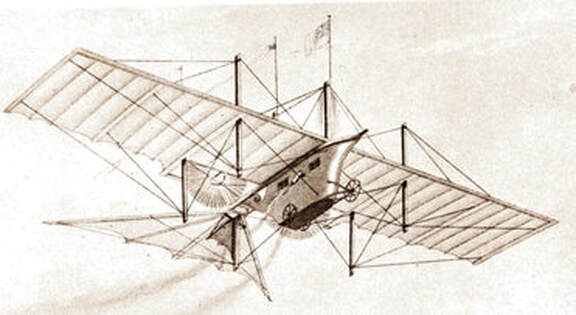
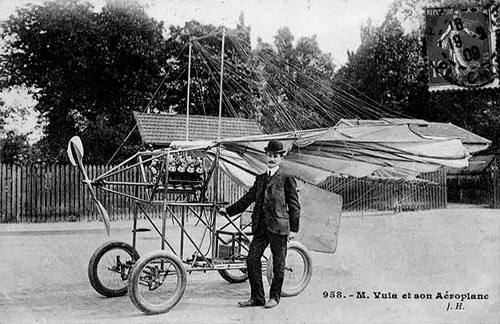
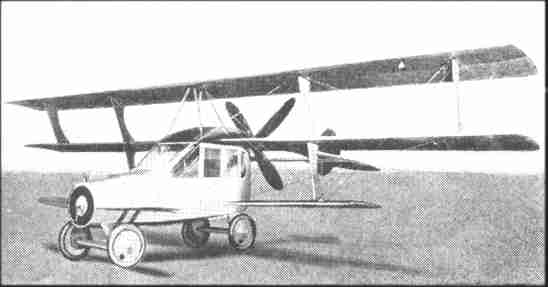
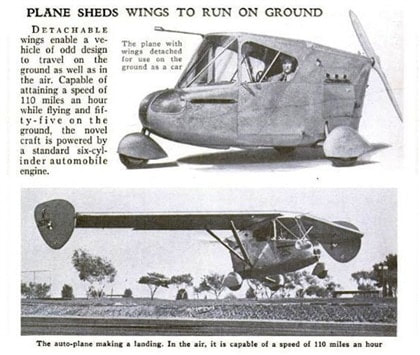
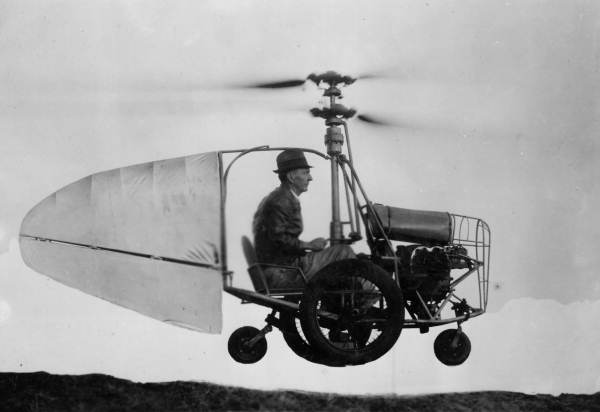
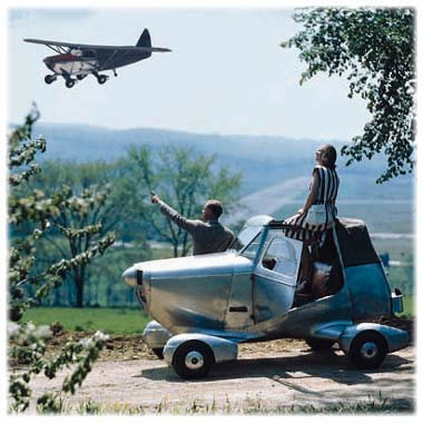
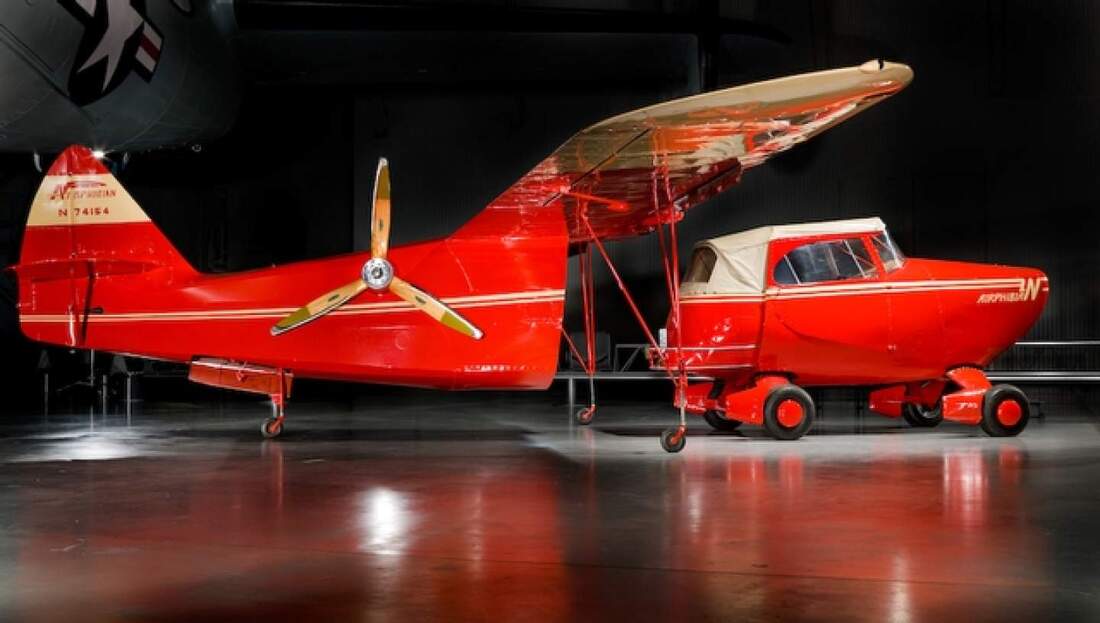
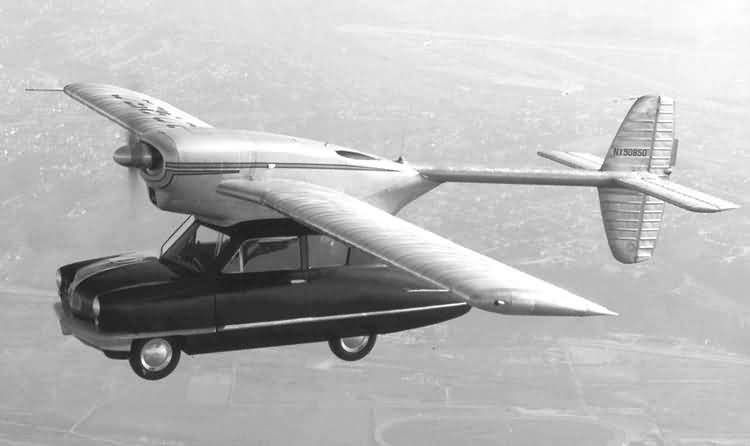
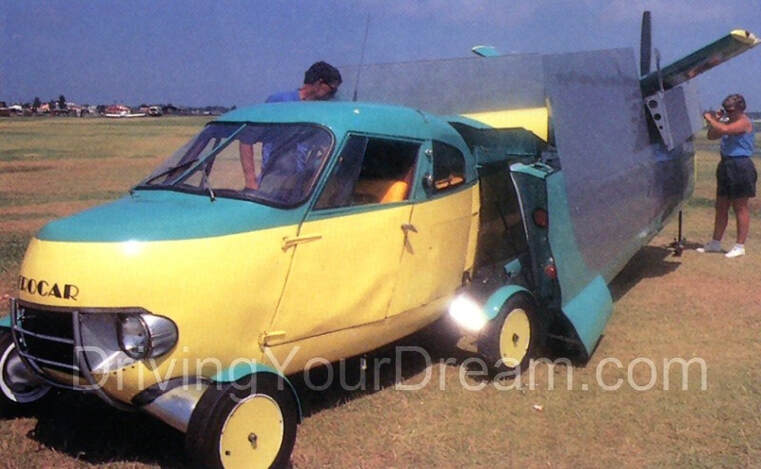
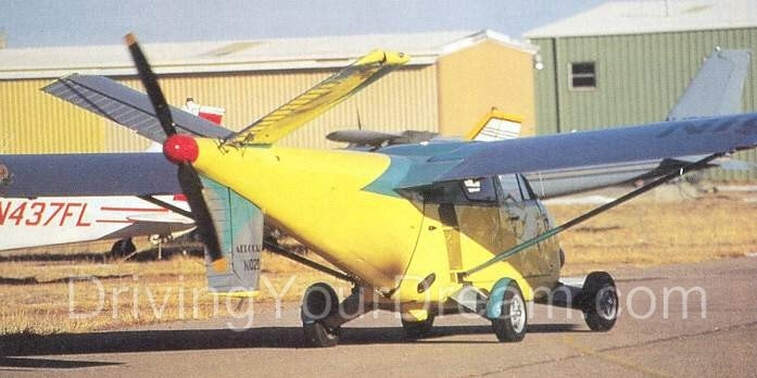
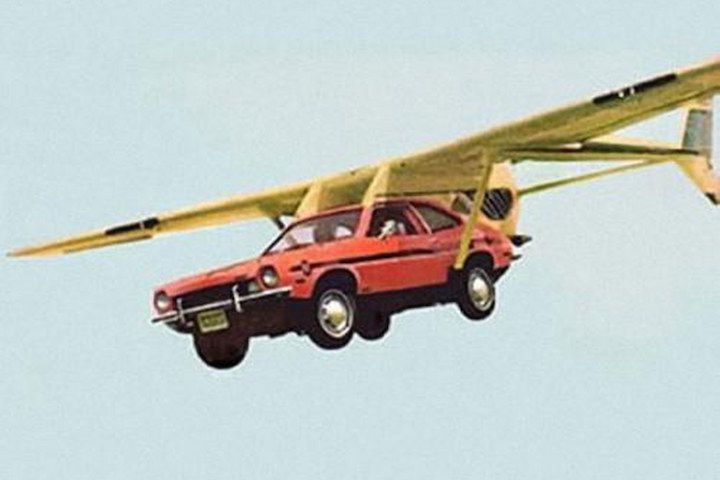
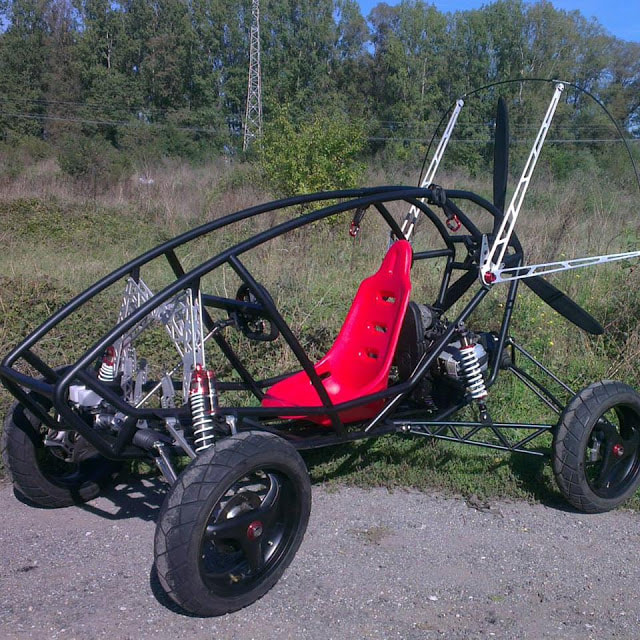
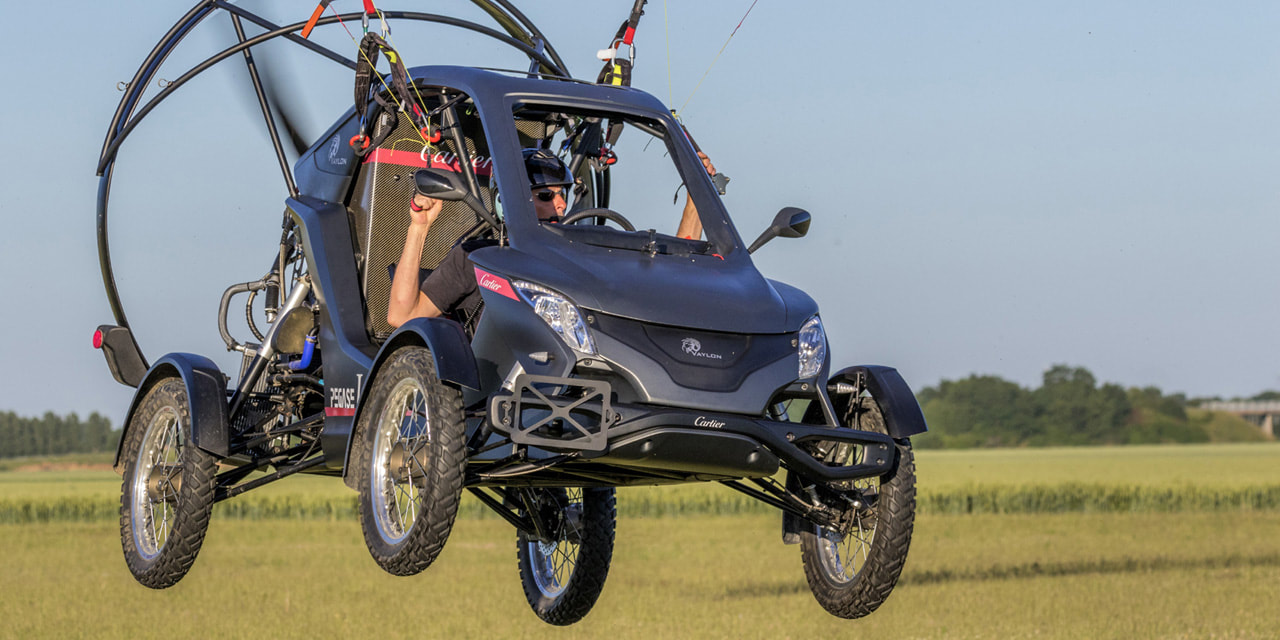
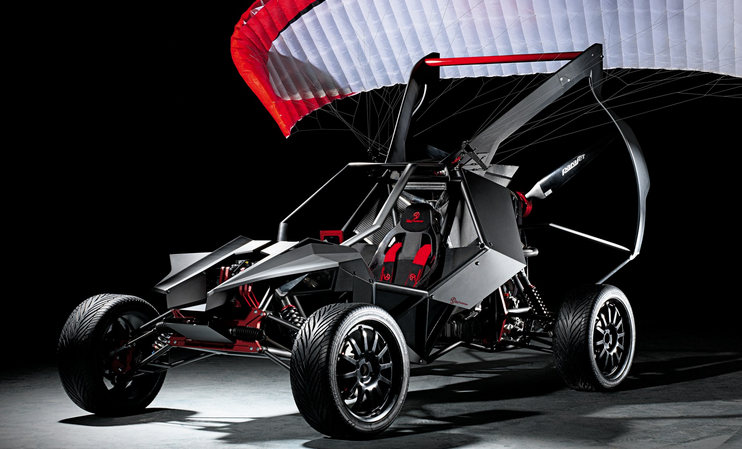
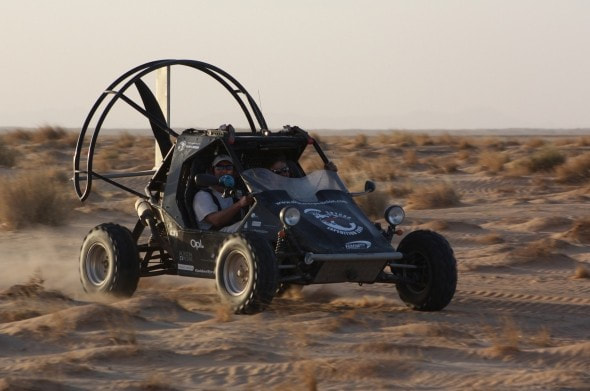
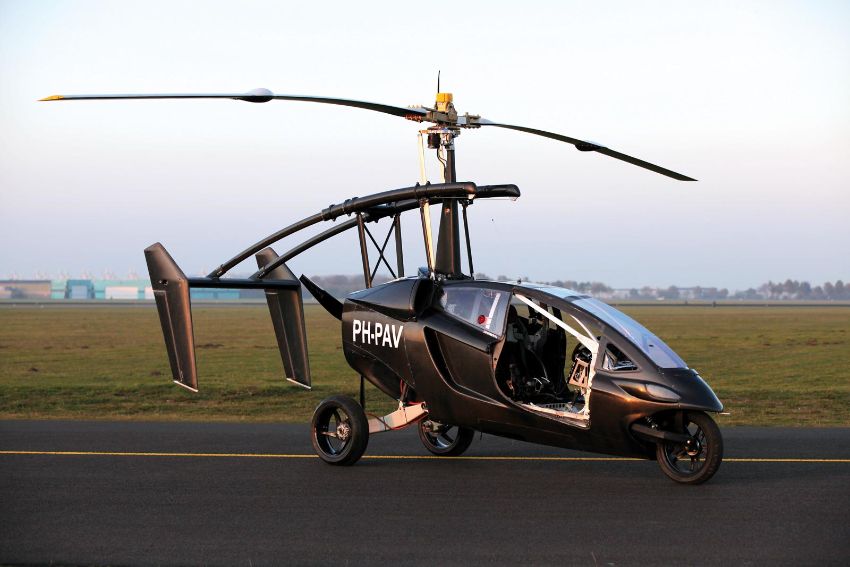
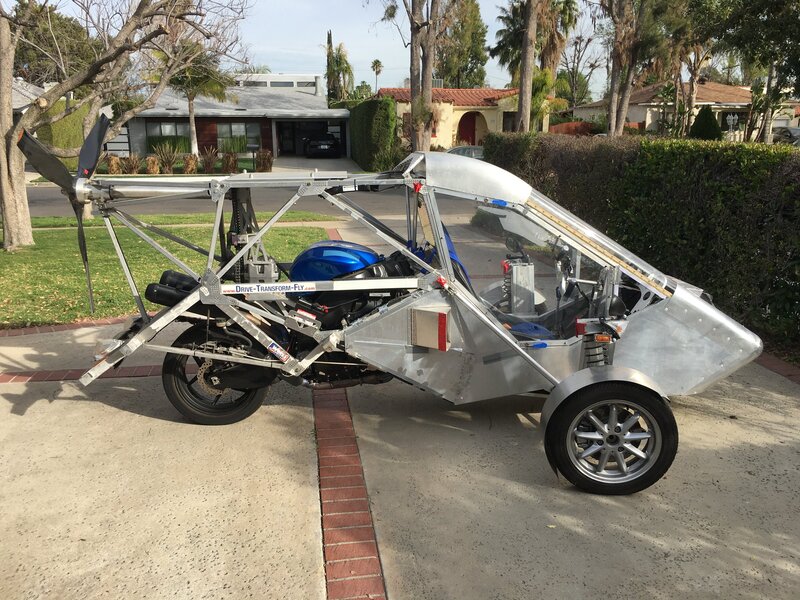
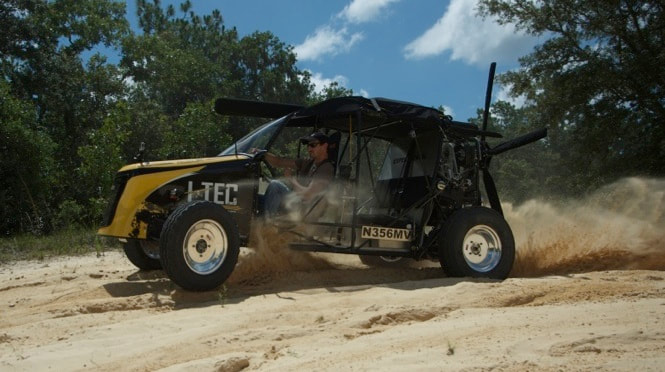
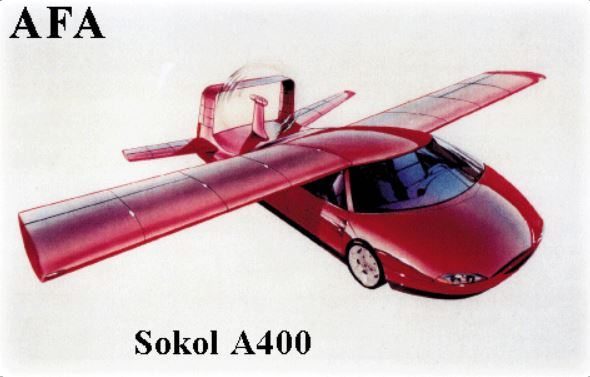
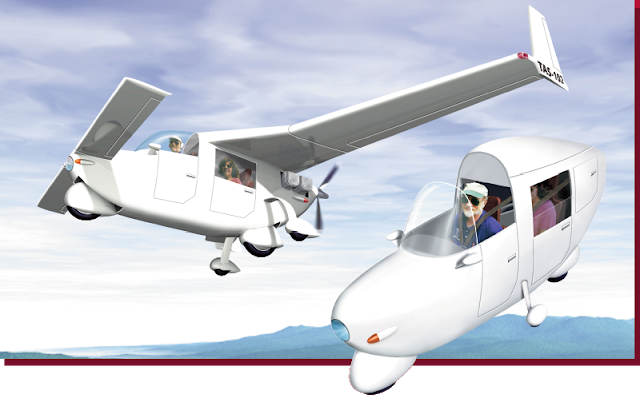
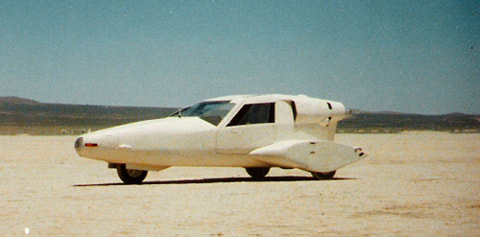
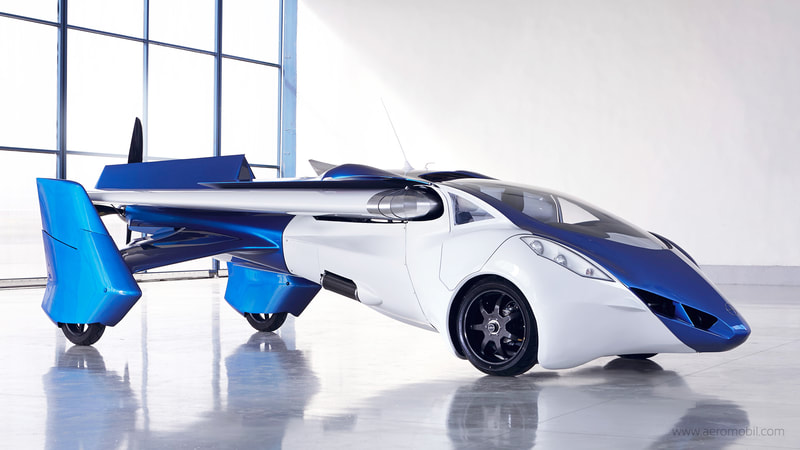
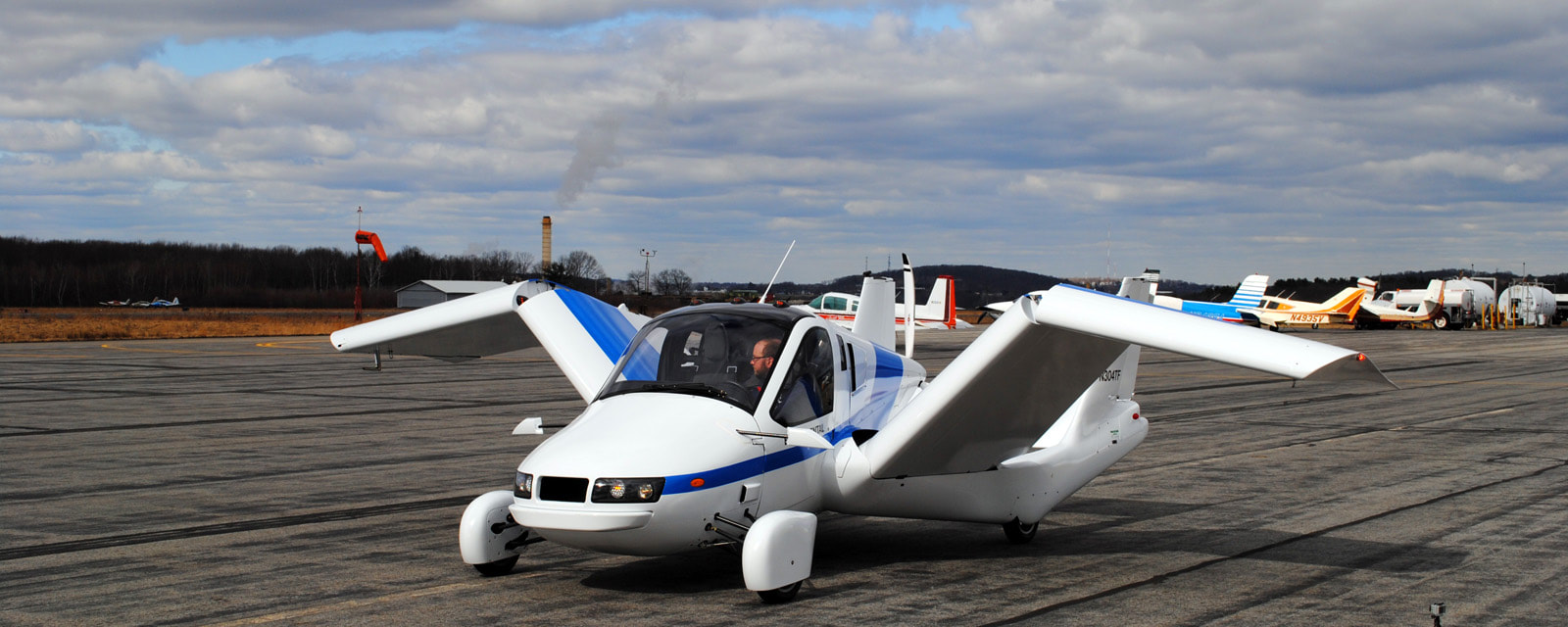
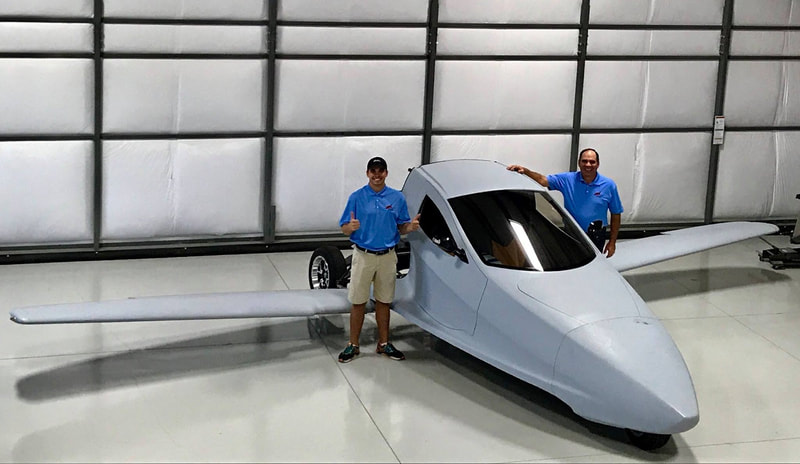
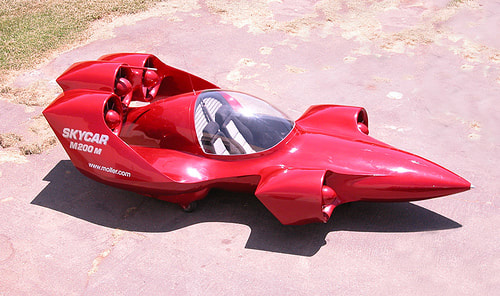
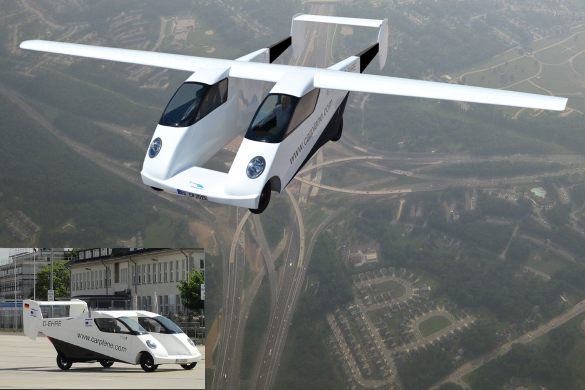
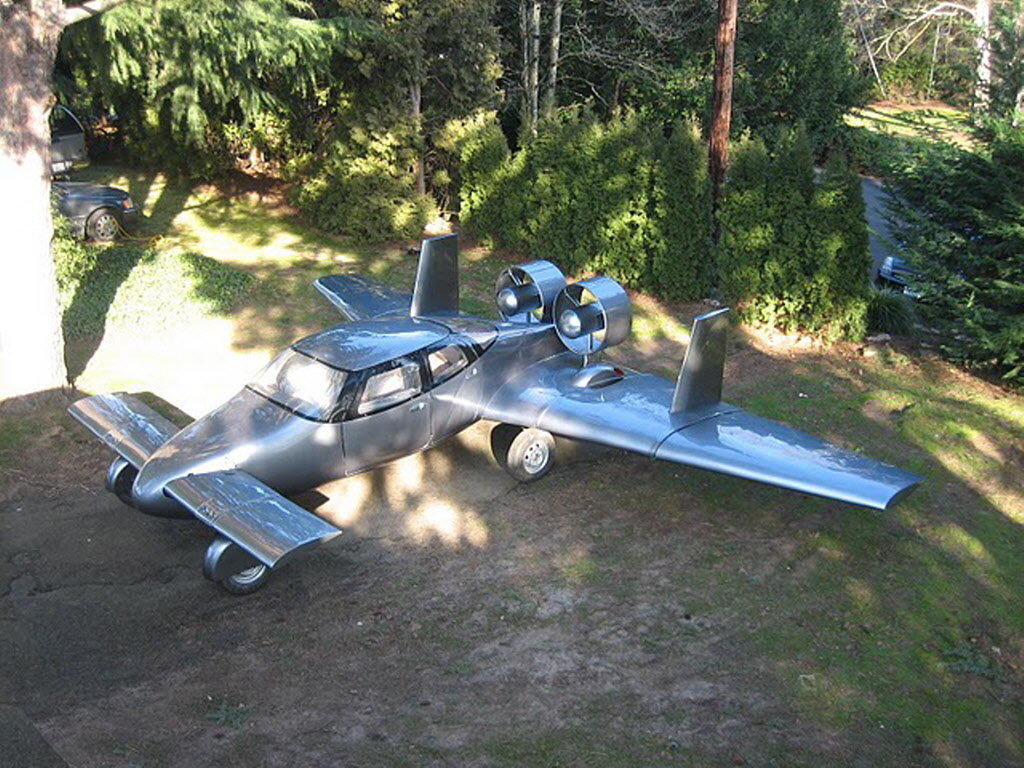
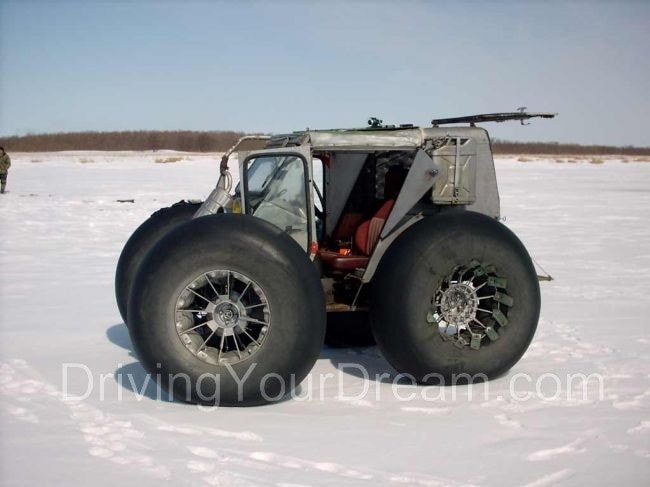
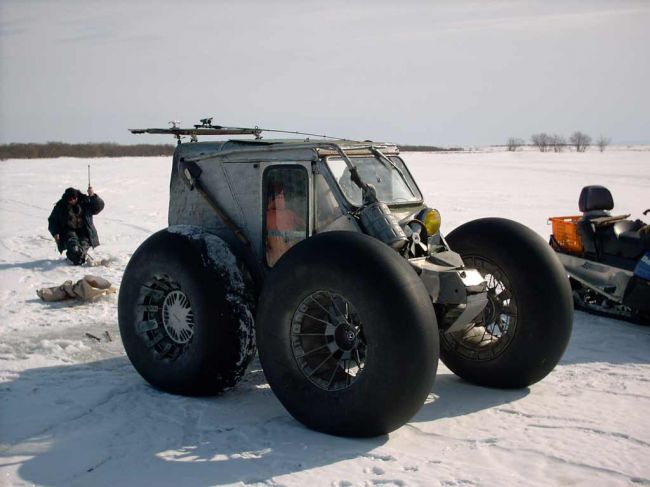
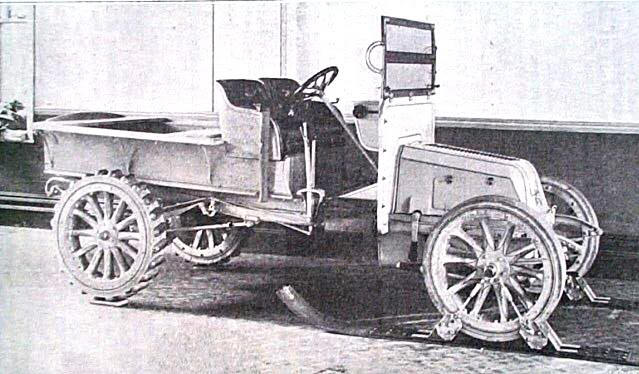
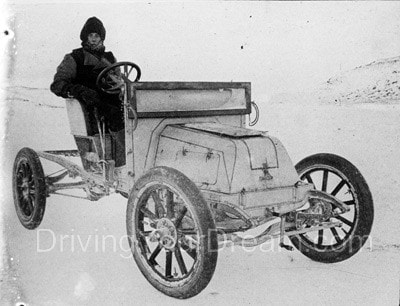


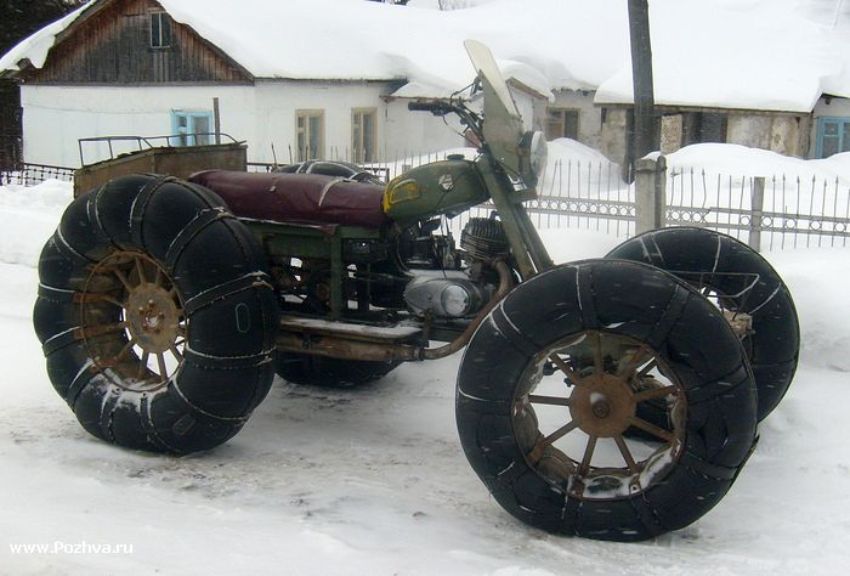
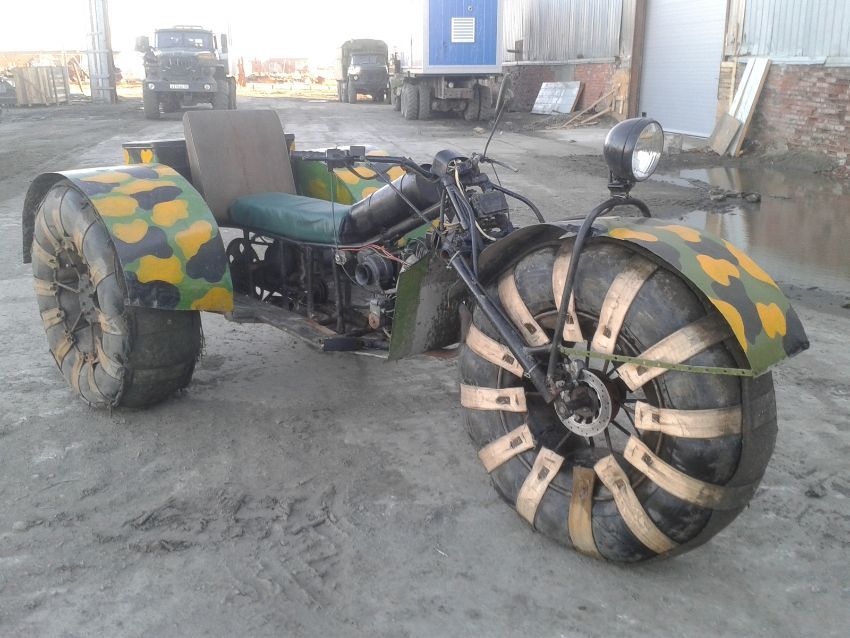
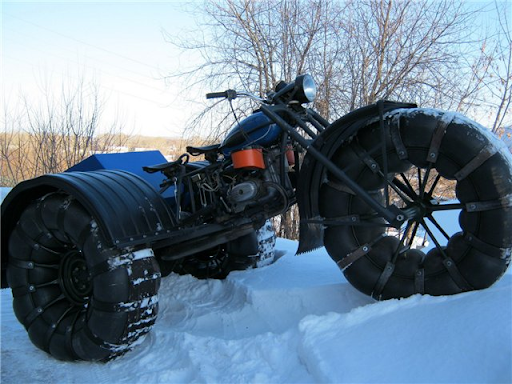
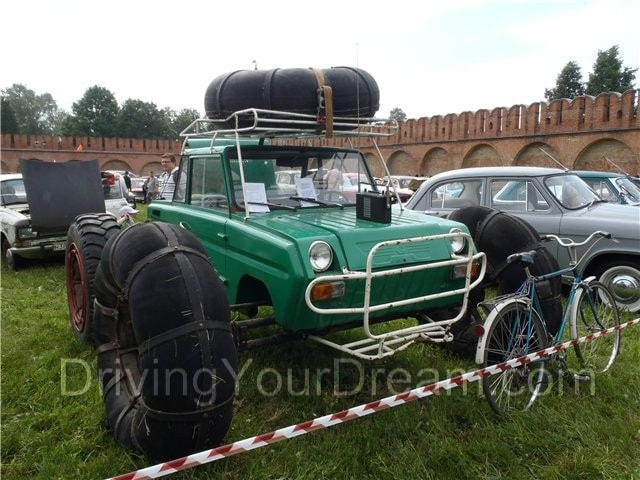
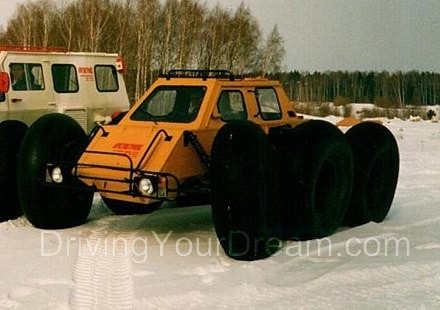
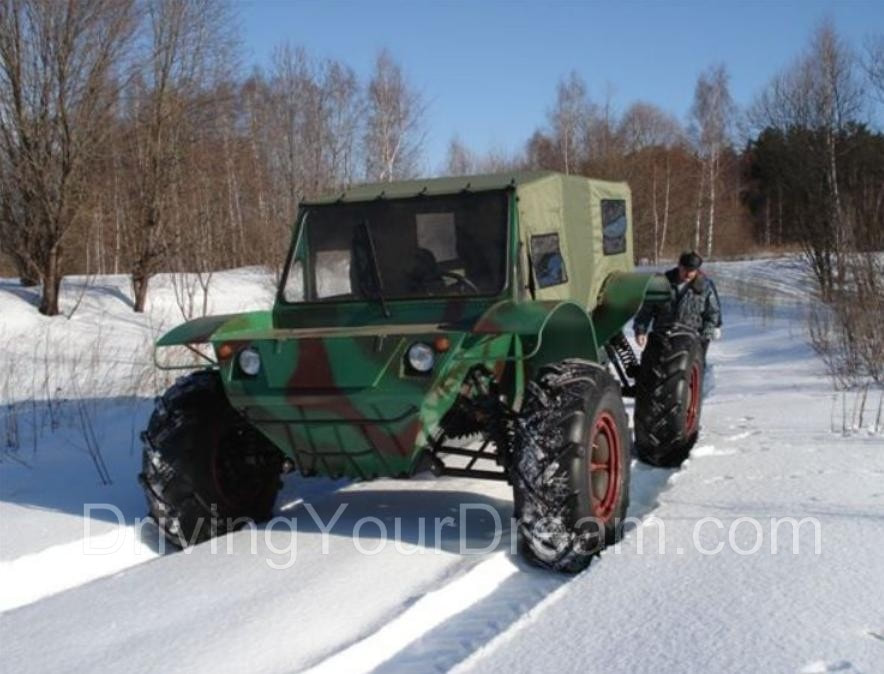
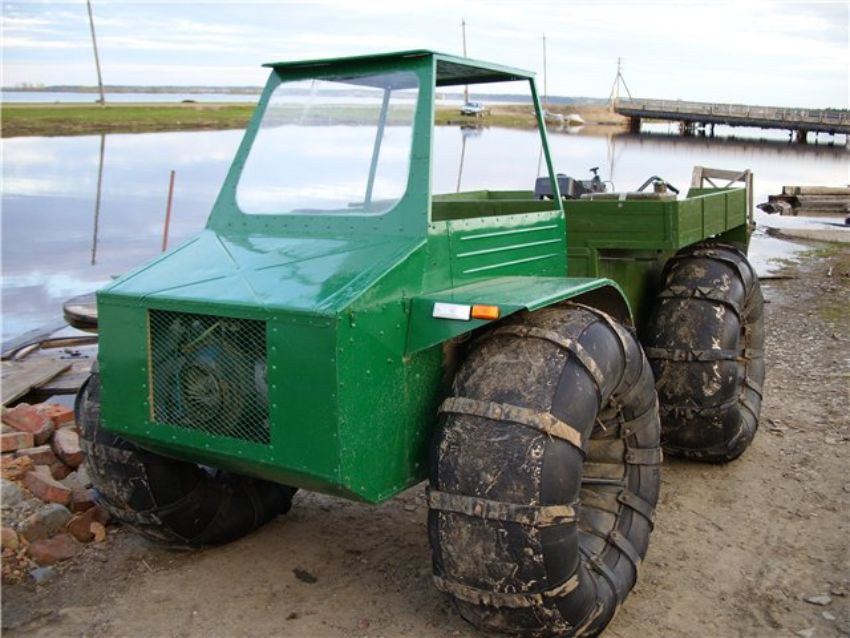

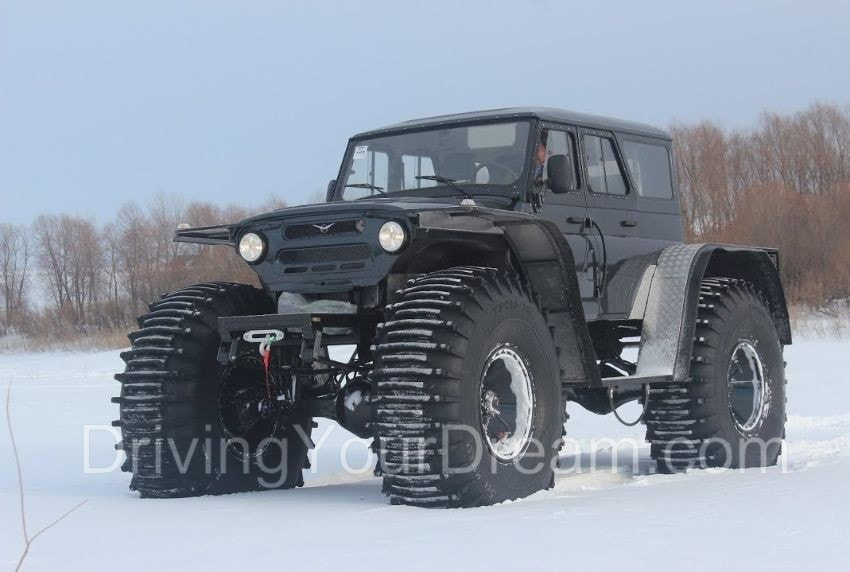
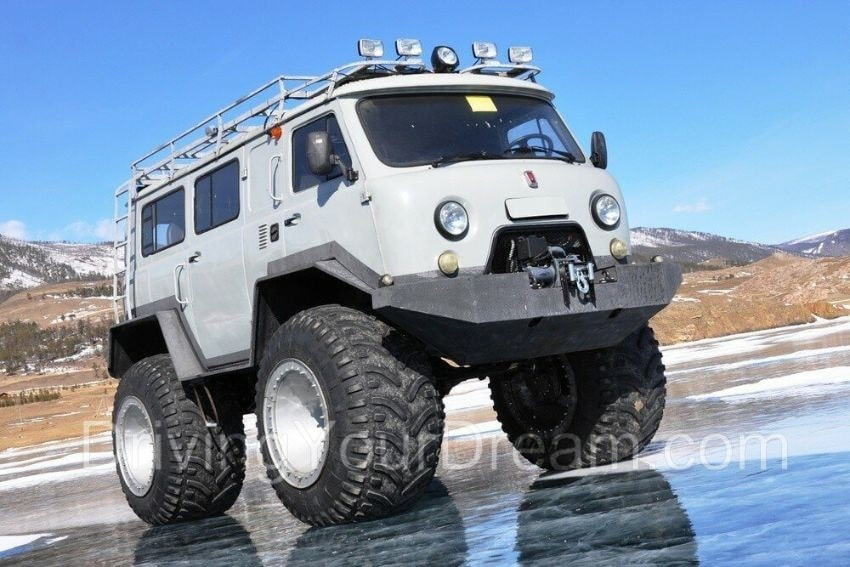
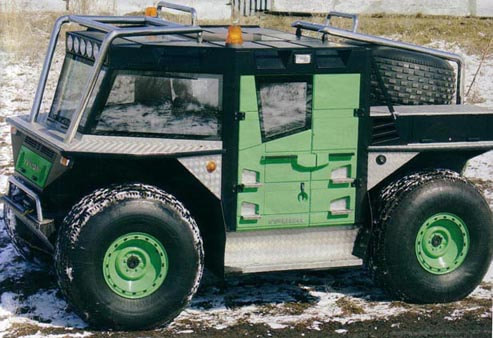
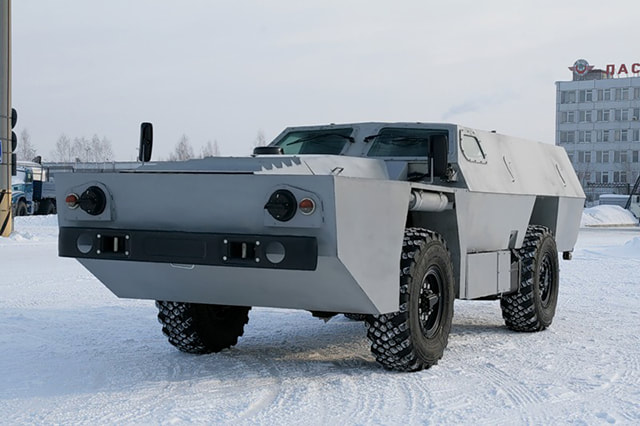
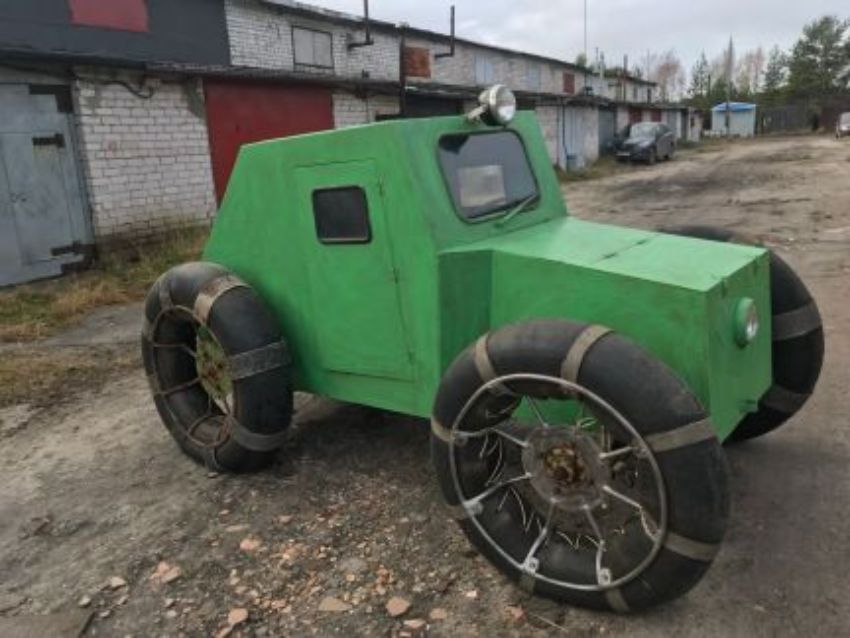
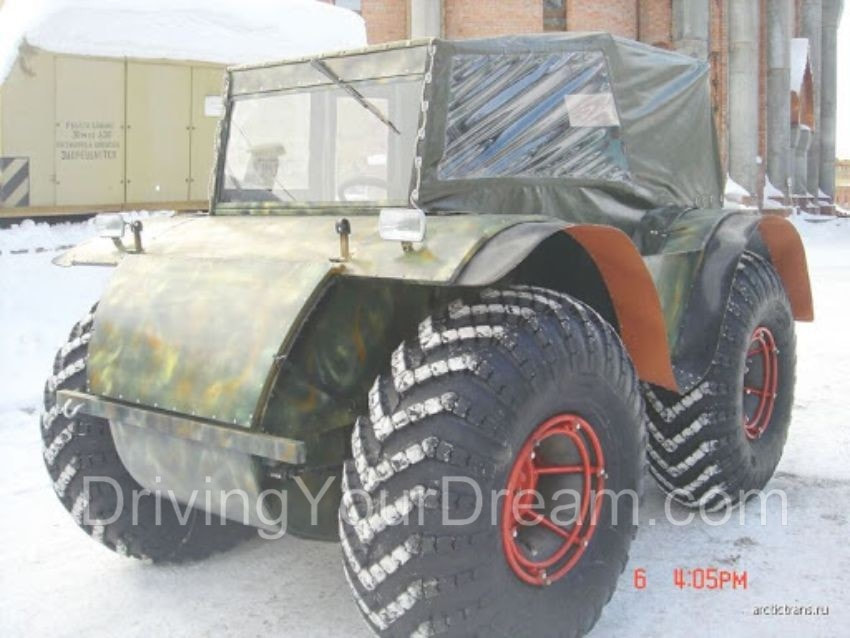
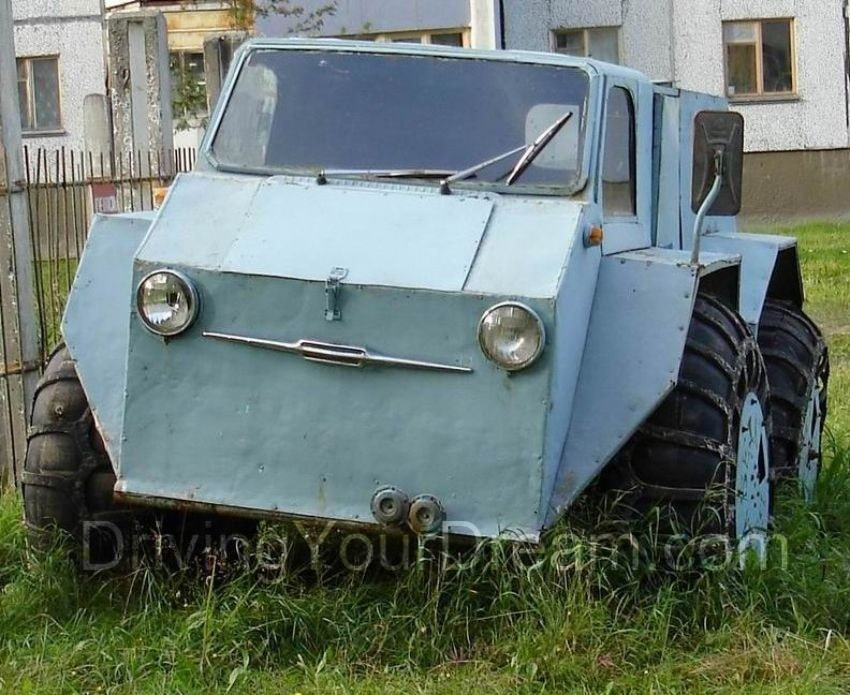
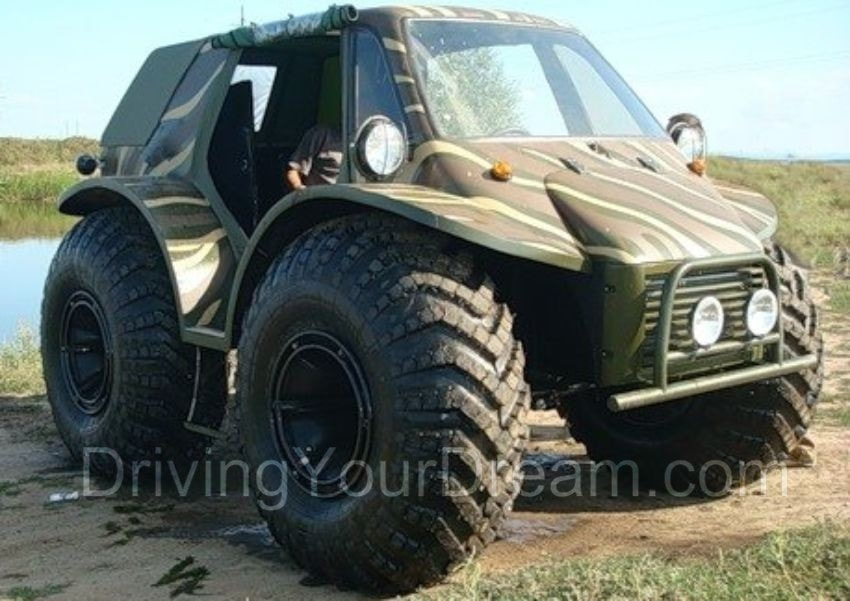
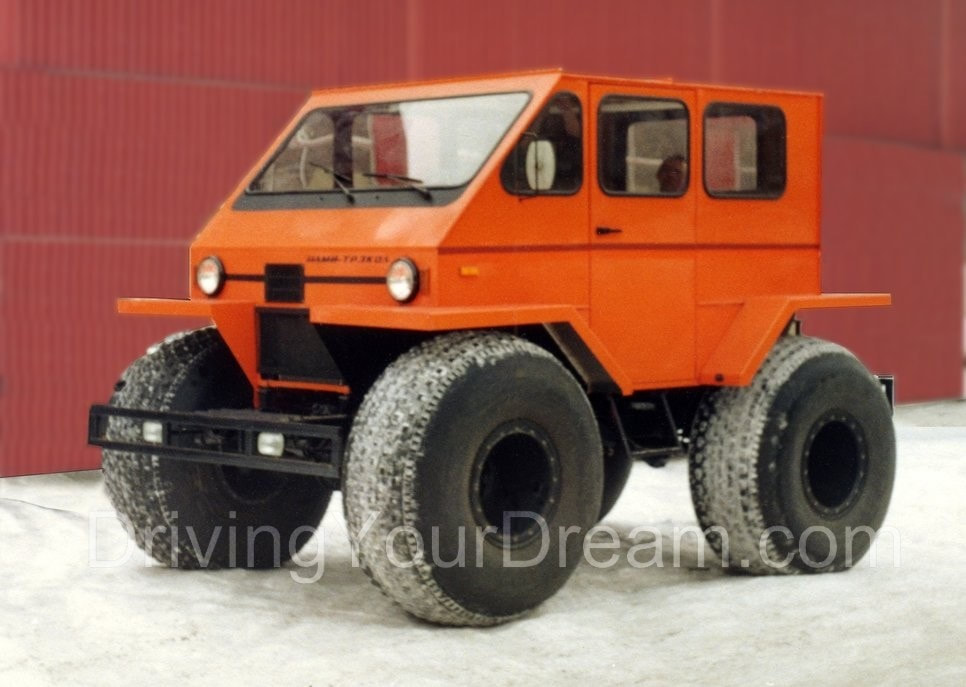
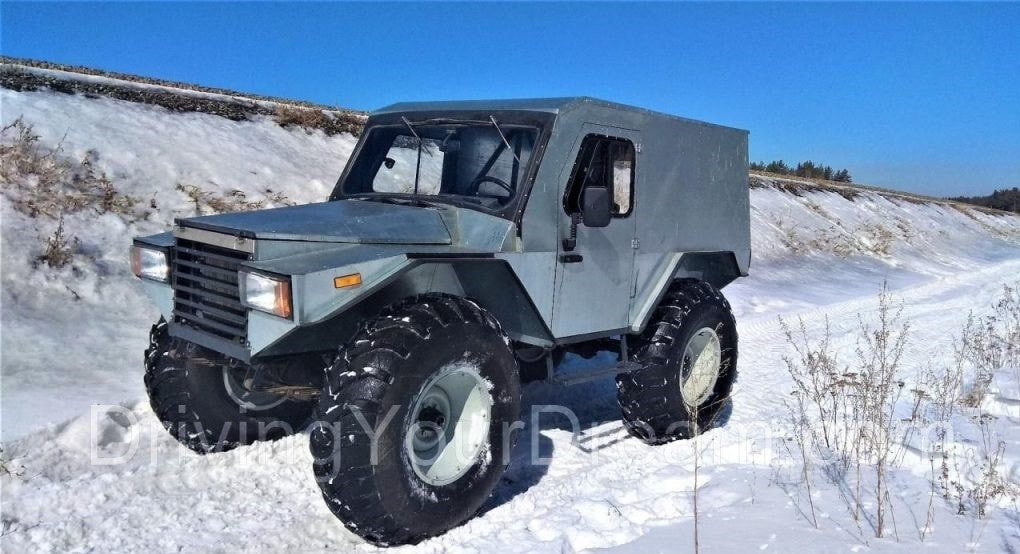
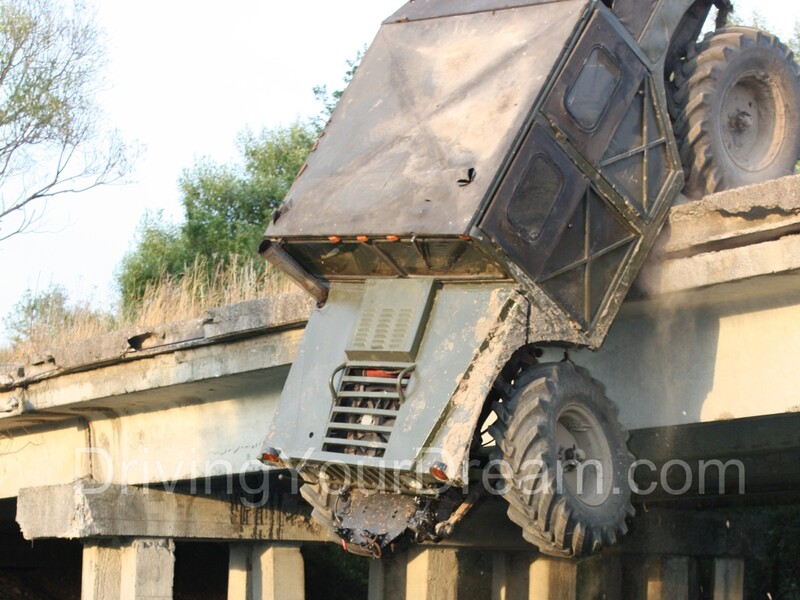
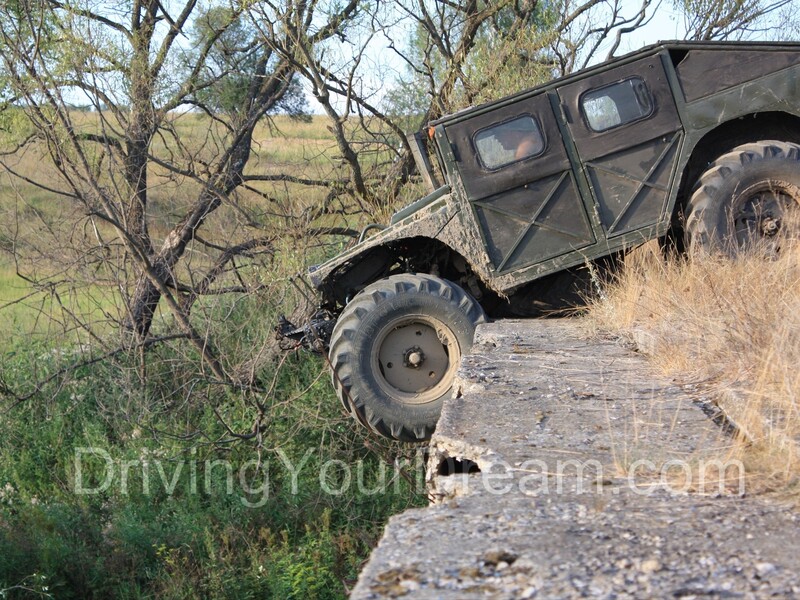
 RSS Feed
RSS Feed